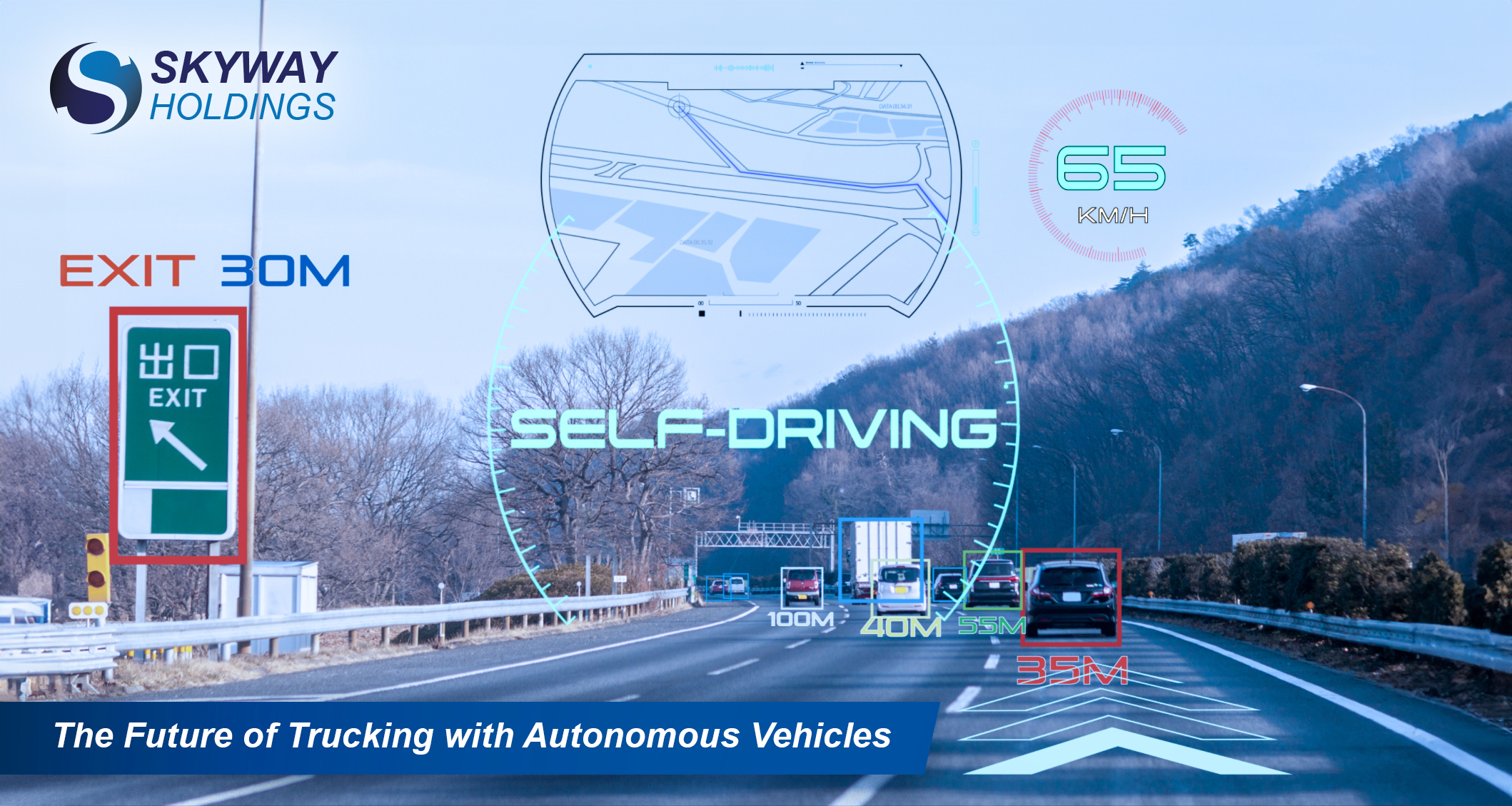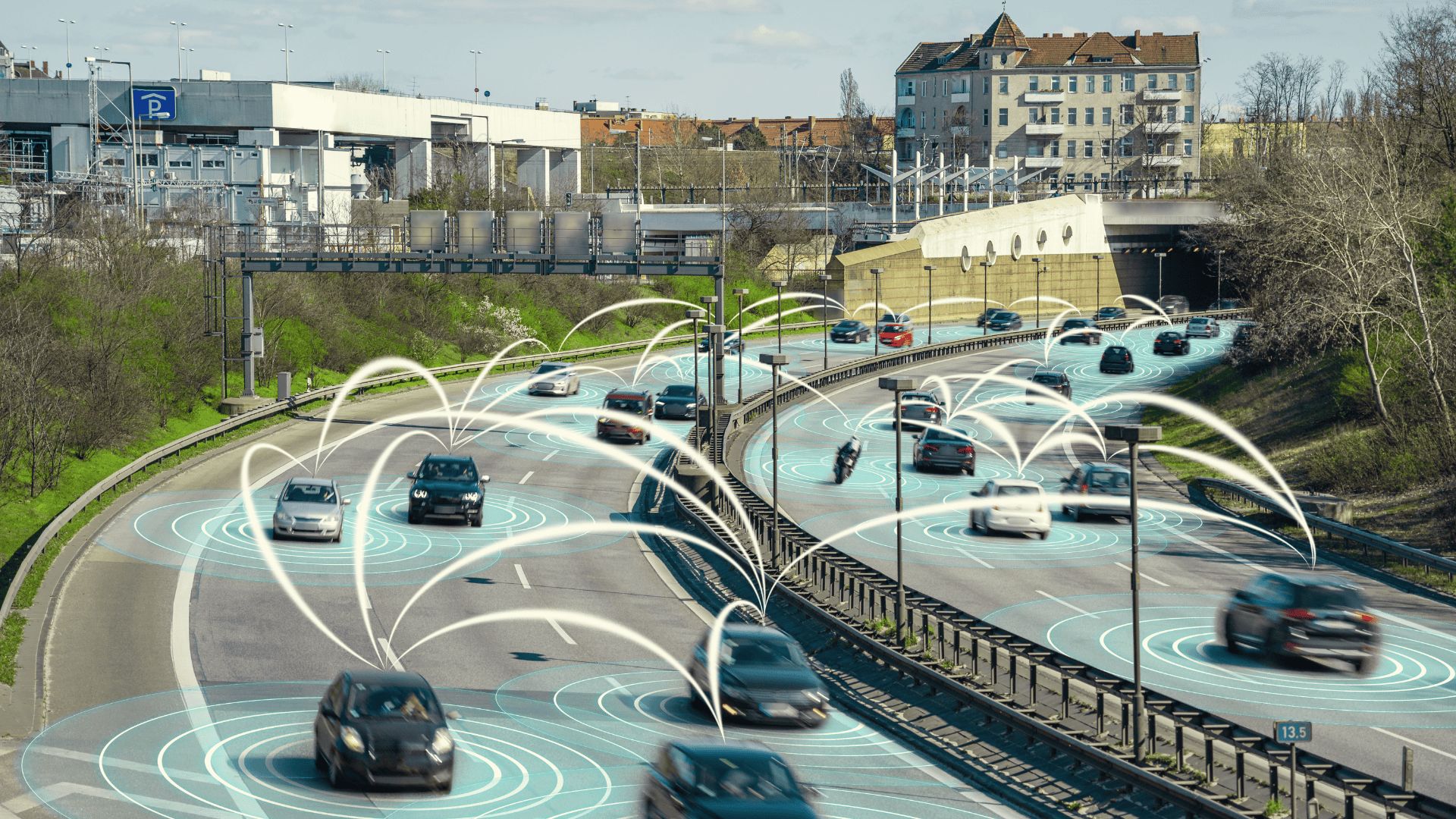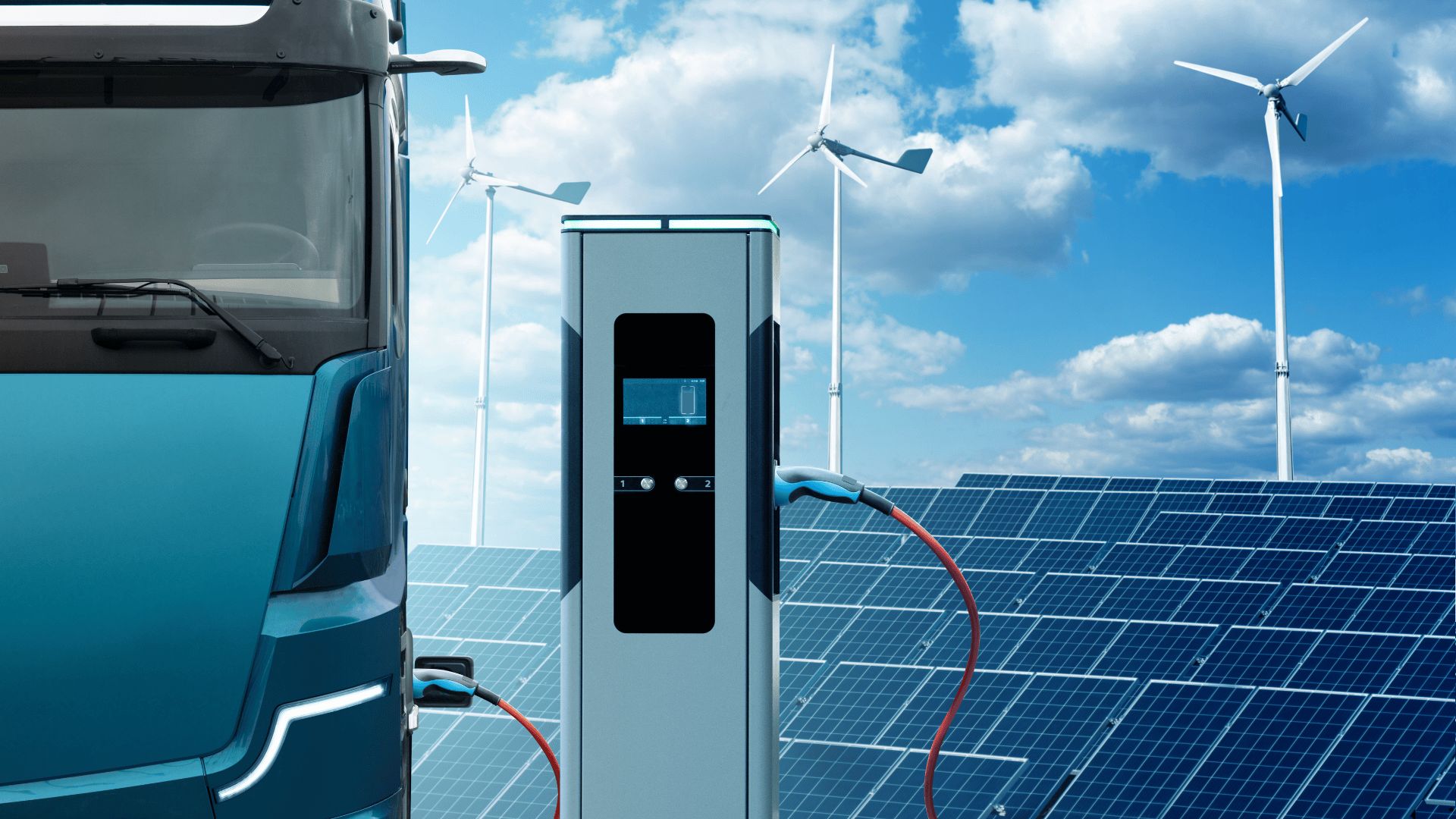
03/19/2024
In the ever-evolving landscape of transportation, the emergence of autonomous vehicles stands as a beacon of innovation, promising to revolutionize industries across the board. Within the realm of trucking, the integration of autonomous technology represents a seismic shift that holds the potential to redefine efficiency, safety, and operational norms.
In this article, we delve into the future of trucking with autonomous vehicles, exploring the current state of technology, its implications for the industry, and the challenges and opportunities that lie ahead.
The Current Landscape
Autonomous vehicle technology has made significant strides in recent years, propelled by advancements in artificial intelligence, sensor technology, and machine learning algorithms. Companies such as Tesla, Waymo, and Embark are at the forefront of developing autonomous trucking solutions, conducting extensive testing and pilot programs to validate the viability of their systems.
One of the key milestones in the journey towards autonomous trucking was the successful completion of a fully autonomous cross-country delivery by an Embark truck in 2018. This landmark achievement demonstrated the potential of self-driving trucks to navigate long-haul routes with minimal human intervention, marking a pivotal moment in the evolution of the industry.

Implications for the Trucking Industry
The adoption of autonomous vehicles holds profound implications for the trucking industry, promising to address longstanding challenges while unlocking new opportunities for growth. One of the most significant benefits of autonomous technology is its potential to enhance safety on the road. By eliminating human error, which is a leading cause of accidents, autonomous trucks have the potential to reduce the number of crashes and fatalities, making roads safer for all users.
Moreover, autonomous vehicles have the capacity to optimize efficiency and reduce operating costs for trucking companies. With autonomous systems capable of operating around the clock without rest, trucks can cover more miles in less time, leading to faster deliveries and increased productivity. Additionally, autonomous technology enables platooning, where multiple trucks travel closely together in a convoy, reducing wind resistance and fuel consumption.
Challenges and Considerations
Despite the promise of autonomous trucking, several challenges must be addressed before widespread adoption becomes a reality. One of the primary concerns is regulatory compliance and safety standards. As autonomous vehicles operate in a complex regulatory environment, with varying laws and regulations across jurisdictions, there is a need for standardized frameworks to ensure consistency and safety.
Moreover, questions surrounding liability and insurance in the event of accidents involving autonomous trucks remain unresolved. Determining liability when accidents occur due to system failures or human errors raises complex legal and ethical dilemmas that require careful consideration and legislative action.
Another significant challenge is the potential impact of autonomous technology on employment in the trucking industry. While automation has the potential to enhance efficiency and reduce operating costs, it also raises concerns about job displacement for truck drivers. Addressing these concerns requires proactive measures to reskill and retrain workers for roles that complement autonomous technology, such as remote monitoring and maintenance.

The Road Ahead
Despite the challenges and uncertainties, the future of trucking with autonomous vehicles appears promising. As technology continues to evolve and mature, autonomous trucks are poised to become an integral part of the transportation ecosystem, offering unparalleled efficiency, safety, and reliability.
To realize the full potential of autonomous trucking, collaboration and partnership between industry stakeholders, regulators, and technology developers are essential. By working together to address technical, regulatory, and societal challenges, we can pave the way for a future where autonomous trucks revolutionize the way goods are transported, creating a safer, more efficient, and sustainable transportation system for generations to come.
In Summary
While challenges remain, the potential of autonomous technology to enhance safety, efficiency, and productivity is undeniable.
By navigating the road ahead with foresight, collaboration, and innovation, we can harness the power of autonomous trucks to drive positive change and shape the future of transportation.
Stay connected with us for more insights on the future of trucking! Follow us on social media for updates and explore our other articles for in-depth analysis and industry news.






